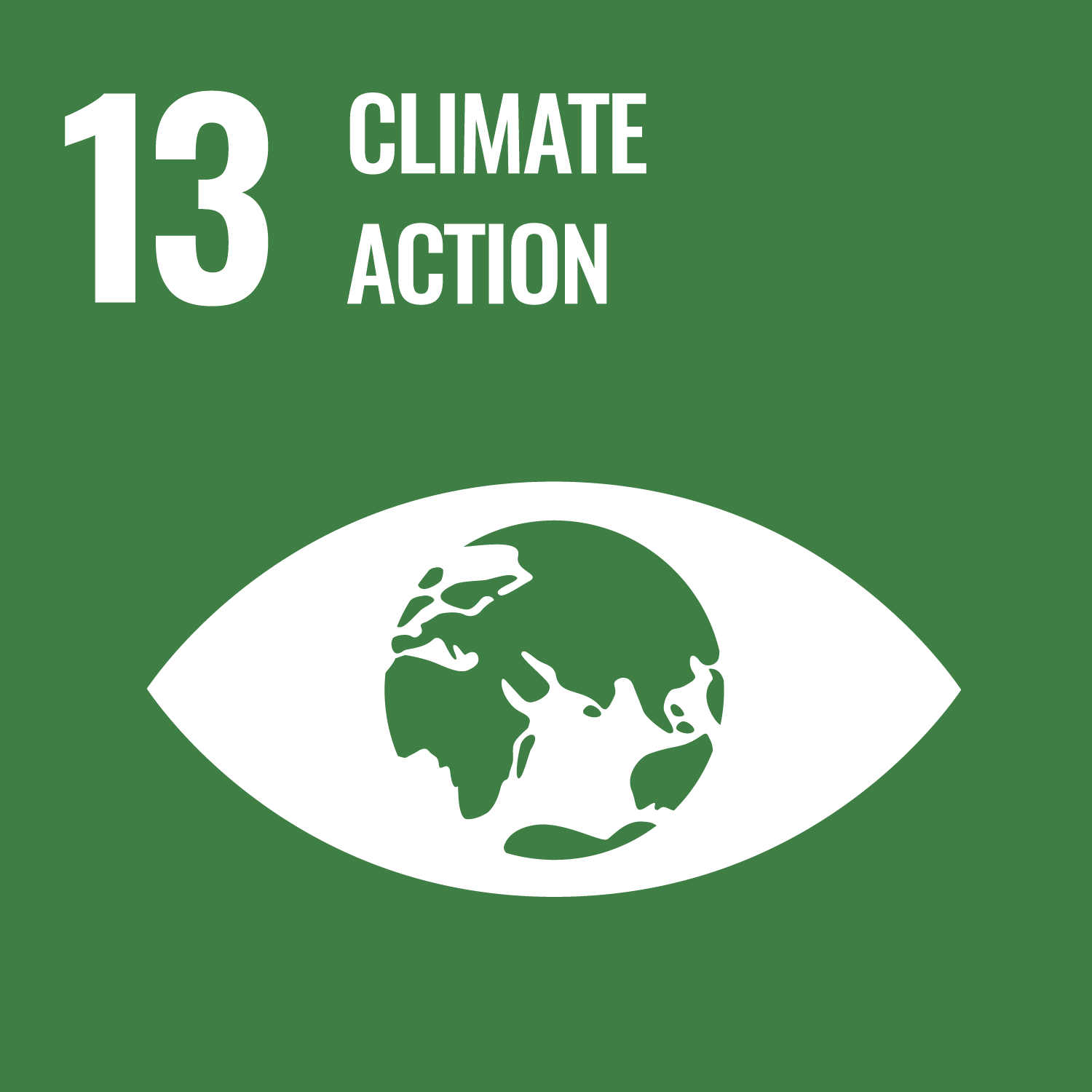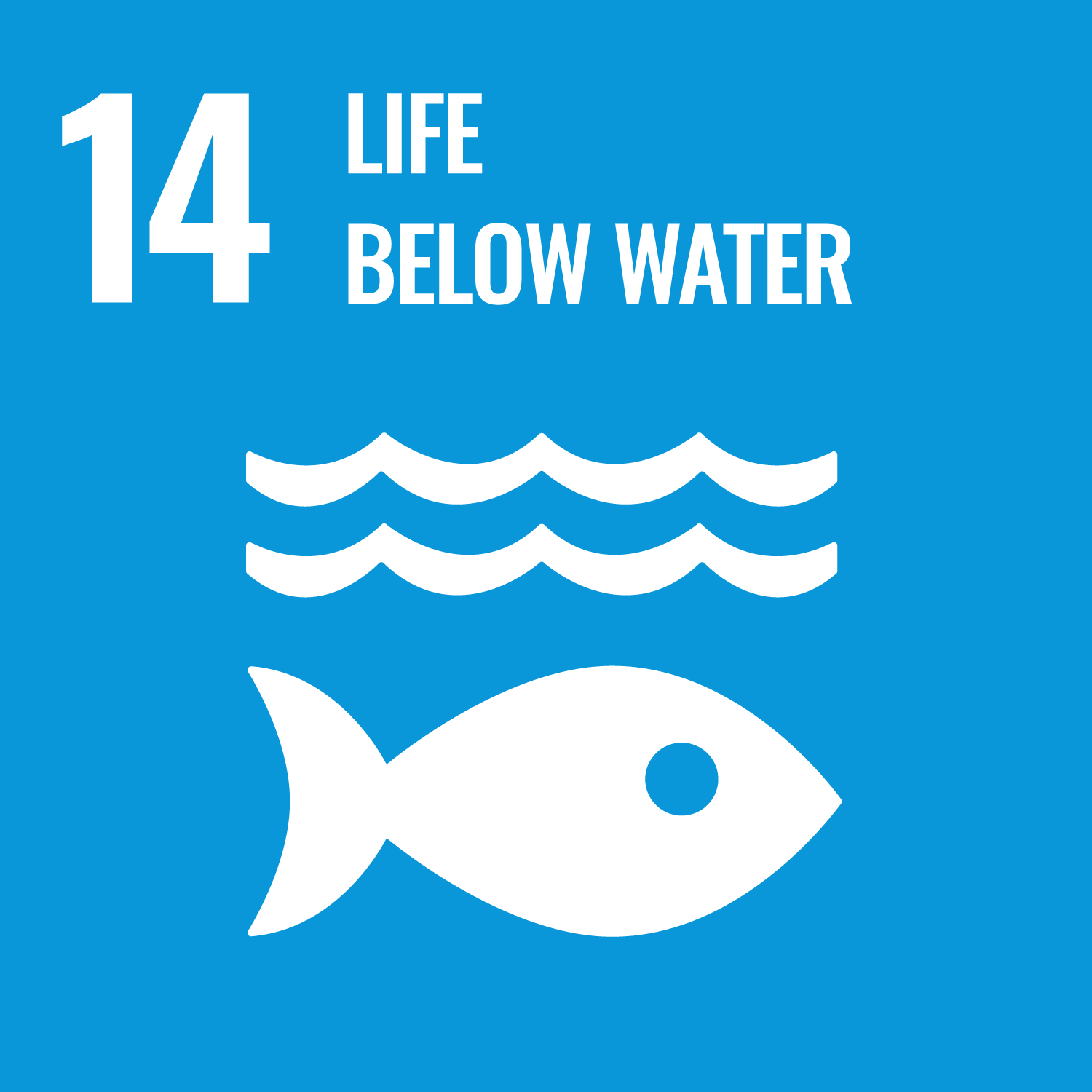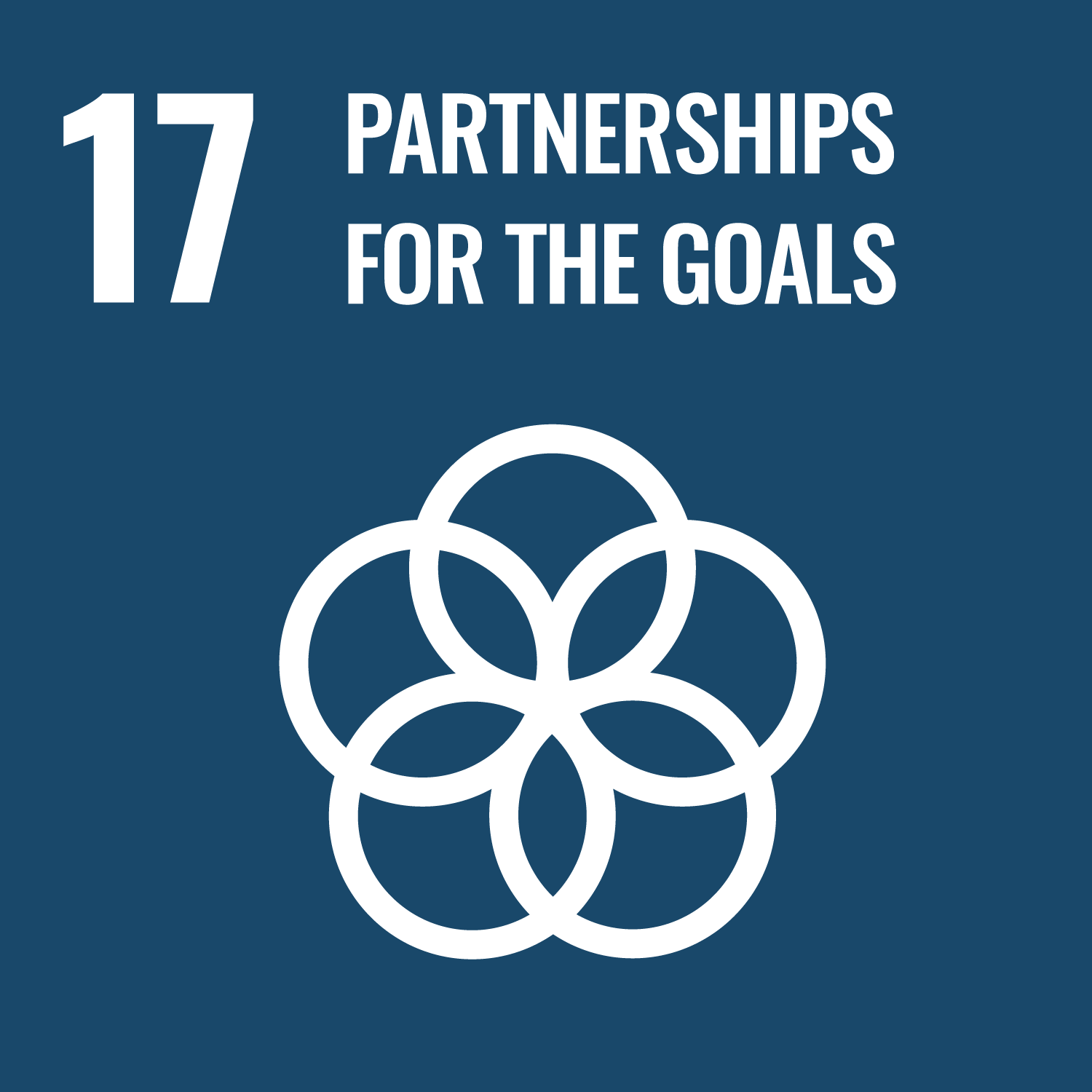ORCID
- Matthew M. Holland: 0000-0002-8308-4216
- Matthew Faith: 0000-0003-2764-3439
- Abigail McQuatters-Gollop: 0000-0002-6043-9563
Abstract
Anthropogenic pressures such as climate change and nutrient pollution are causing rapid changes in the marine environment. The relative influence of drivers of change on the plankton community remains uncertain, and this uncertainty is limiting our understanding of sustainable levels of human pressures. Plankton are the primary energy resource in marine food webs and respond rapidly to environmental changes, representing useful indicators of shifts in ecosystem structure and function. Categorising plankton into broad groups with similar characteristics, known as “lifeforms”, can be useful for understanding ecological patterns related to environmental change and for assessing the state of pelagic habitats in accordance with the EU Marine Strategy Framework Directive and the OSPAR Commission, which mandates protection of the North-East Atlantic. We analysed 29 years of Continuous Plankton Recorder data (1993–2021) from the North-East Atlantic to examine how trends in plankton lifeform abundance changed in relation to one another and across gradients of environmental change associated with human pressures. Random forest models predicted between 57 % and 80 % of the variability in lifeform abundance, based on data not used to train the models. Observed variability was mainly explained by trends in other lifeforms, with mainly positively correlated trends, indicating bottom-up control and/or shared responses to environmental variability were prevalent. Longitude, bathymetry, mixed layer depth, the nitrogen-to‑phosphorus ratio, and temperature were also significant predictors. However, contrasting influences of environmental drivers were detected. For example, small copepod abundance increased in warmer conditions whereas meroplankton, large copepods and fish larvae either decreased or were unchanged. Our findings highlight recent changes in stratification, reflected by variation in mixed layer depth, and imbalanced nutrient ratios are affecting multiple lifeforms, impacting the North-East Atlantic plankton community. To achieve environmental improvements in North-East Atlantic pelagic habitats, it is crucial that we continue to address climate change and reduce nutrient pollution.
DOI Link
Publication Date
2024-11-20
Publication Title
Science of the Total Environment
Volume
952
ISSN
0048-9697
Acceptance Date
2024-08-23
Deposit Date
2024-09-26
Additional Links
Keywords
Climate change, Continuous plankton recorder, Nutrients, OSPAR, Pelagic habitats, Plankton
Creative Commons License

This work is licensed under a Creative Commons Attribution 4.0 International License.
Recommended Citation
Holland, M., Atkinson, A., Best, M., Bresnan, E., Devlin, M., Goberville, E., Hélaouët, P., Machairopoulou, M., Faith, M., Thompson, M., & McQuatters-Gollop, A. (2024) 'Predictors of long-term variability in NE Atlantic plankton communities', Science of the Total Environment, 952. Available at: 10.1016/j.scitotenv.2024.175793





